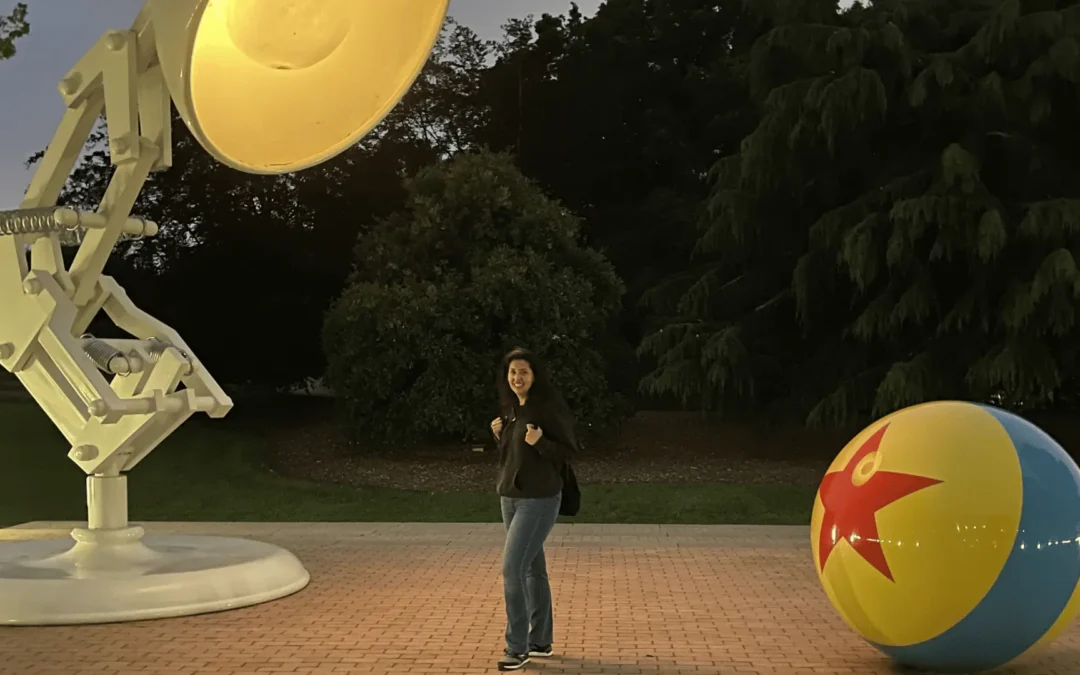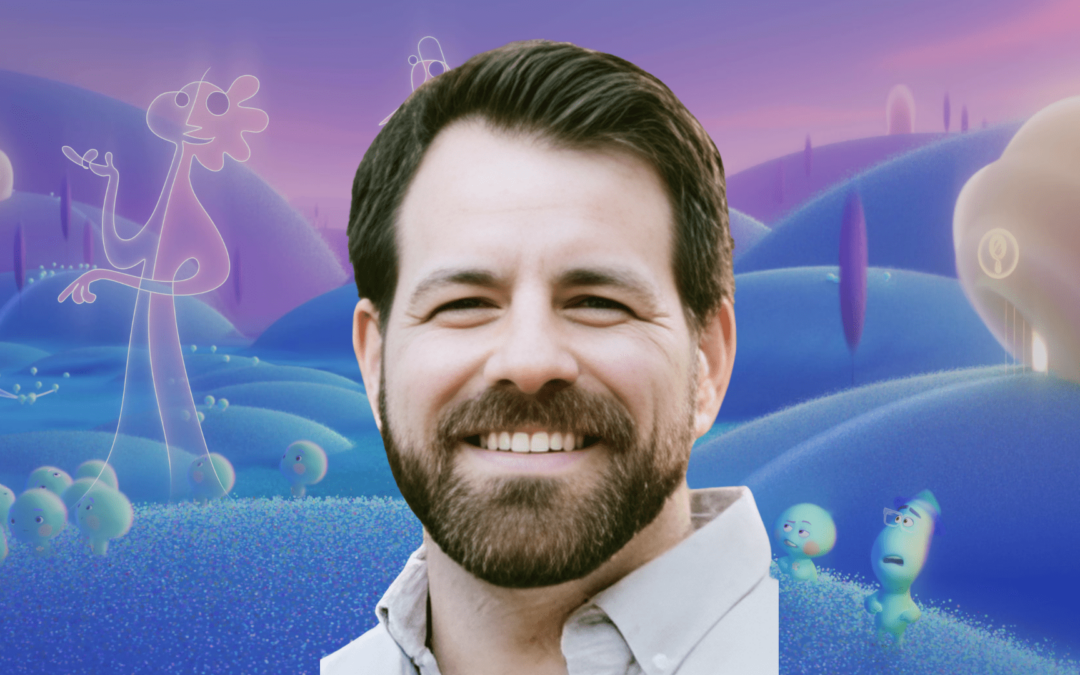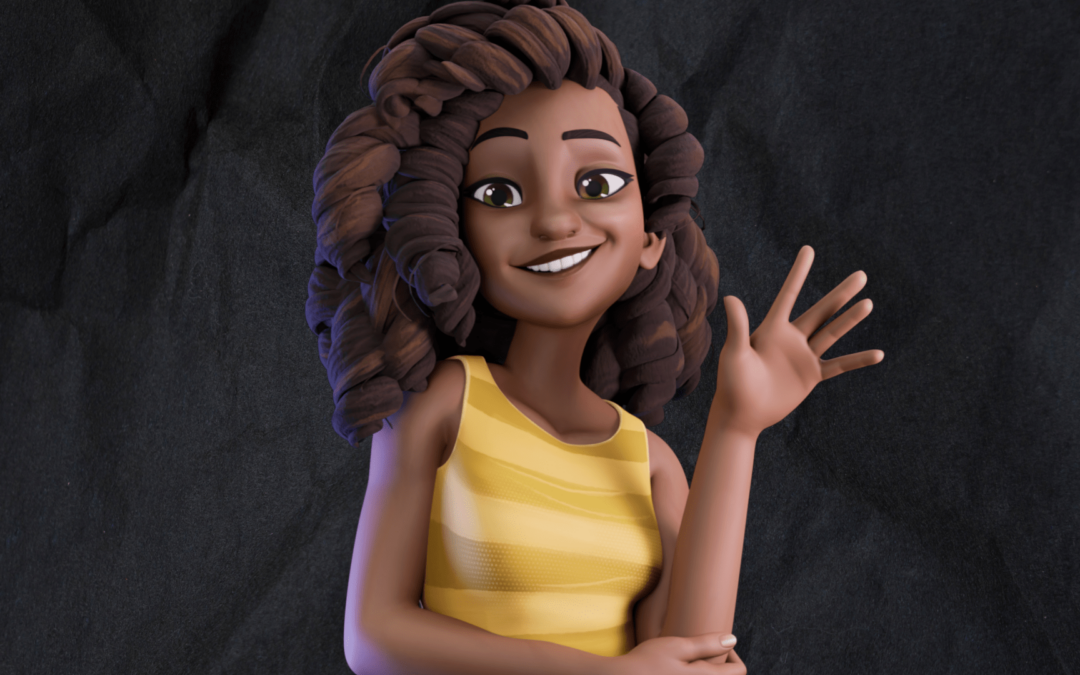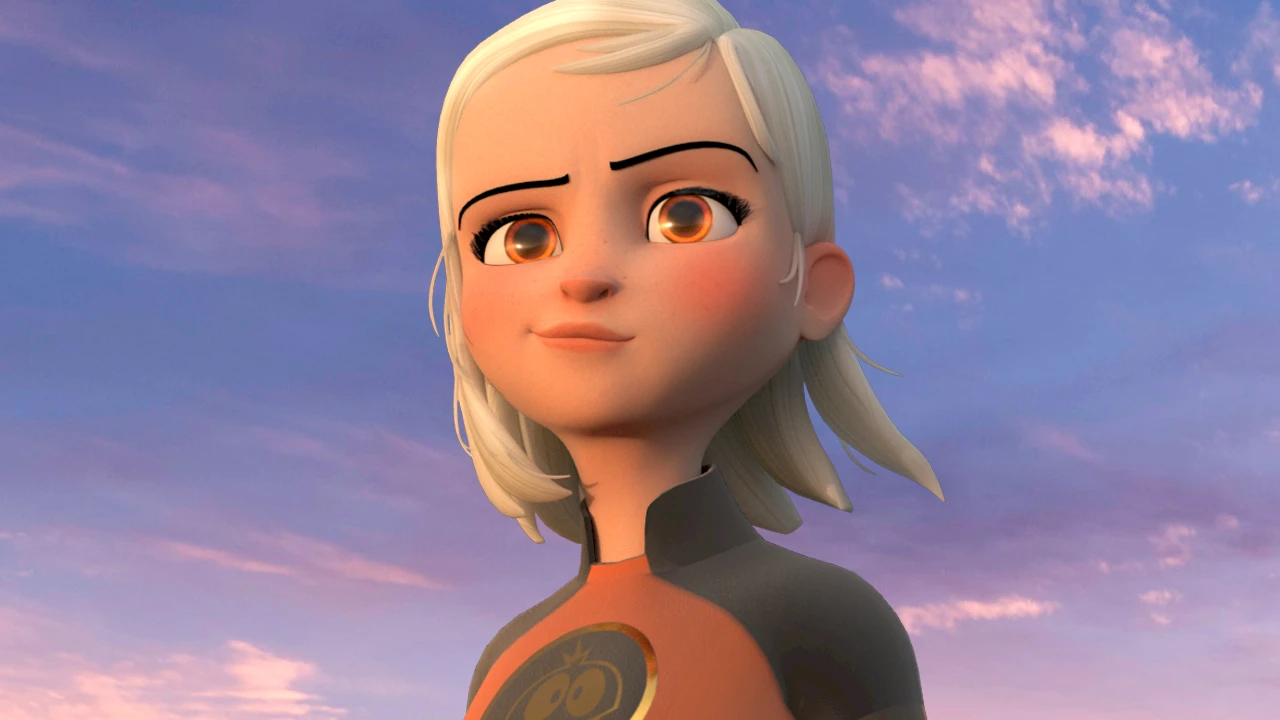Cameron Pratt followed his Character Animation Program education by enrolling in our new Character Animation Production Track. And today, he’s super excited to share his experience inside the Studio School.
To learn more, please contact our Admissions Representatives. Then apply today for the Summer 2013 term.
How did our new instructional design catch your interest?
It was the stronger emphasis on working in a professional studio environment, as well as the ability to work both on your own animation and collaboratively with others. It also seemed to offer a much broader aspect to the course, which I was excited to explore.
Having recently gone through the classic Animation Mentor courses, I had a wealth of new animation knowledge, but I still personally felt that I wasn’t quite ready to take the step into the professional waters. However, with this new course, I’m hoping to get the experience I need in working with others on larger-scale projects which would help prepare me to go into a studio environment without being too overwhelmed.
Why did you choose the Character Animation Production Track and not the Animal and Creature Animation Production Track?
Haha! Well to be honest, a large chunk of the decision came from the fact that my twin brother, Beau, was taking the Animal and Creature Animation Production Track. So to complement his studies, and double our animation knowledge, I took the Character Animation Production Track. Sometimes it’s helpful to have a twin!
One of the major deciding factors for why I chose to do the Character Animation Production Track instead of letting Beau take it was that, of the two of us, I needed to work on improving my skills in storytelling and character development more. I was also very interested in trying my hand at working collaboratively on a short film with other students.
What are your initial impressions of the Character Animation Production Track and AMP™ Studio Production Pipeline?
My first impression was honestly a feeling of intimidation and almost an overload of new information. Having just graduated from the classic course a few weeks earlier, and not being used to working in a collaborative way, I was worried that I would end up struggling to keep up.
But after only a week into the course, those worries and feelings of intimidation were out the window and replaced with strong excitement. I found that the AMP Pipeline was an incredibly intuitive tool and actually made my work easier than before, and the new course curriculum really inspired me to make stronger, more believable characters and stories for my animation.
I will also admit that I was terrified when I found out that I would have to do story pitches for my class and thought that it would be something I could never do. I’m not the most extroverted person and getting up in front of a camera to act out an idea for a short story was very daunting. But with the way the course is structured, it didn’t take long for me to get comfortable with acting out my ideas to my mentor and classmates.
Describe the adjustments you have made to your workflow.
Since having gone through the original Animation Mentor course, I developed what I thought was a pretty decent workflow for my animation and organization. However, once I was in the new Character Animation Production Track, it didn’t take long for me to realize that although my workflow worked decently for me on solo projects, I would have done very poorly in a proper studio environment.
Since I started the new course, I’ve become much better organized, in a way that makes it easy for others to go through and find things if they need to.
I’ve also become more aware of my fellow classmates’ work, learning from them and doing my best to make sure that my work compares so that I can do my best to make a seamless short film with them. It hasn’t been the easiest transition, as I’ve had to work myself out of a lot of bad habits, but overall I feel (that) I’ve come out a much better organized and more efficient animator.
Describe your thoughts on seeing your brother Beau’s transition from working solo to working collaboratively.
Through this first term of the Character Animation Production Track, I’ve been working on story development and solo animation, so I haven’t done any full collaboration yet, but I have been watching my brother, Beau, going through the Animal and Creature Animation Production Track and working collaboratively with his classmates on a short.
Seeing how he and his classmates are working together, sharing ideas, organizing study groups, and doing their best to motivate each other has really made me excited to start on my own collaborative assignments next term. I can’t wait to begin brainstorming with my classmates on a short film!
How do you think the Character Animation Production Track curriculum will differentiate you from the masses?
That is a good question. I think the five biggest things that this course will give me to help me stand out among other new animators are:
- A better understanding of storytelling, because no matter how good your animation mechanics are, if the story behind it is weak and unappealing, or altogether nonexistent, it makes it that much more difficult to create an appealing and engaging animation.
- The ability to create stronger, more believable characters who ooze personality and create a much more memorable animation than if it were just a simple John Doe character doing the same thing.
- Experience and confidence working with others in a professional environment, allowing me to hop into a professional studio without getting thrown for a loop or overwhelmed.
- A short film to put under my belt which I can put in my demo reel to hopefully help me get better jobs at larger studios.
- The skills to properly pitch ideas and stories to your director as well as your fellow animators. This is something that I, as a shy person, would have struggled with immensely in the “real world” without having been shown how to properly approach it.
Despite having decent work before when I graduated from the classic course, this new program has already shown me that I was still very inexperienced when it came to working professionally, and has already taught me so much on how to bring my characters to life through proper storytelling and character building.
Any thoughts on the industry migration toward a remote, distributed approach?
I’m both excited and a bit uncertain about this new migration to remote “at home” animating. On the other hand, I would absolutely love to be able to just work from home and not have to commute to and from work, and be able to easily keep up to date with the rest of the animation team. And if you have a family, what better way to work than (at a job) that allows you to still spend time with them throughout the day?
But on the other hand, something has to be said for working in a studio environment with a bunch of other talented animators, motivating each other, and being able to quickly and easily walk up to one another to share ideas and suggestions. Not to mention that working at a studio means that your house stays a safe haven for relaxing at the end of the day!
Overall, I would have to say (that) I’m very excited for the possibilities it creates, especially for animators living in rural areas, or who don’t live near any good studios and I look forward to seeing it become more mainstream. However, I do hope that they don’t end up getting rid of studio workplaces completely because of it.




